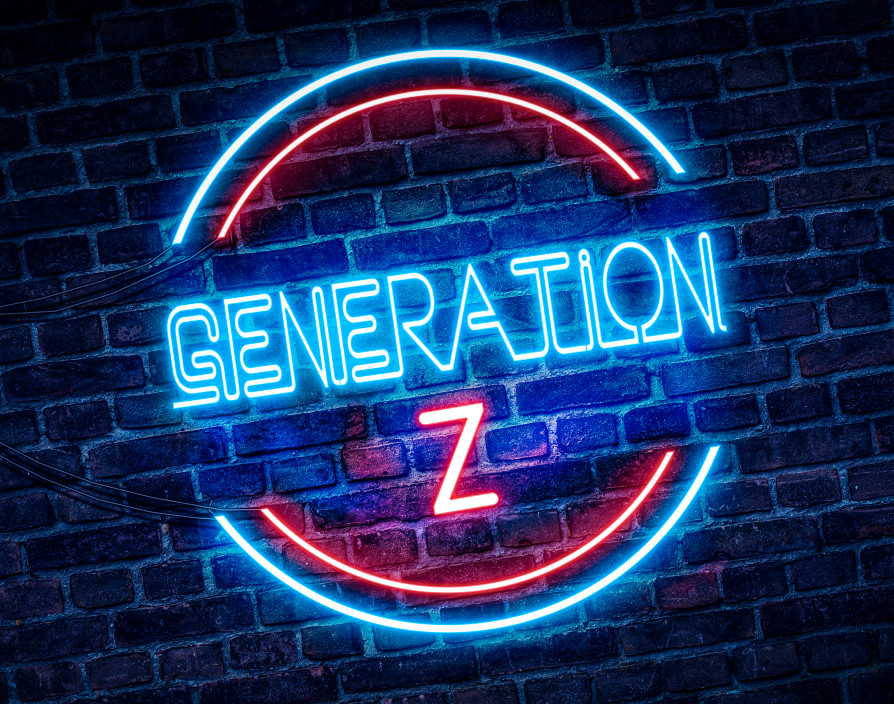As Generation Z enter the workforce right on the heels of Millennials, they bring with them fresh skills and innovative ideas, but with that comes new expectations and ways of working.
We are living in an era with five different generations all in the workforce at the same time, which is putting employers in a uniquely challenging position and testing their ability to adapt quickly to this unknown and ambitious group of workers who are quite unlike their older Millennial siblings.
Generation
Z versus Millennials
Gen Z, those born after 1996, outnumber Millennials,* and represent a rising portion of the workforce, yet seem to be the generation least
understood by employers and so are most at risk of becoming disengaged in the
workplace.
Almost half (48%) of employees who quit their job in 2018
left their role because it wasn’t what they thought it would be. Among Generation
Z employees this figure is even higher, with three-quarters (73%)** quitting a
role because it didn’t meet their expectations. A clear warning for businesses
that Gen Zers are prone to switch jobs if they’re unhappy. However, managers
can avoid these workers becoming totally disengaged by following a few simple
guidelines.
The most common assumption made is that Gen Z are just like Millennials, however in reality they have their own set of values, shaped by growing up in the shadows of recession. They are risk-averse and cautious when it comes to decision making, and more likely to save than spend their wages. They’re entrepreneurial but pragmatic, they want security and they’re willing to work for it and will respond well to financial initiatives.
Gen Zers are the true digital natives, uniquely they have been connected to the digital world since birth, growing up, their lives have been entwined with technology, social media and smartphones – information has quite literally always been available at their fingertips and it’s all they have ever known. Entering a workplace where there is a lack of digital communication or information will feel completely alien to this group.
it’s important not to guess what they value – Gen Z tend to place much greater importance on diversity and the environment than the Millennials, and employers that get this wrong are at risk of making them switch off entirely. Members of Gen Z do not identify themselves in clearly defined categories, but rather have a much more fluid sense of themselves, which makes them the most diverse generation to date. Gen Zers are ambitious, they want to work for a company they believe in, with a culture that offers career growth. Leaders in the workplace need to be flexible, adapting their approach to deliver support and motivation in a way that resonates with them.
Whilst headlines would suggest risky lifestyle indicators, such as smoking and drinking, are reducing in this generation – these are being replaced by other long-term health risks that urgently need addressing. Gen Z face real and concerning health challenges, and they are half as likely to meet the recommended levels of physical activity as Millennials. The temptation for businesses can be to deal with current crises, rather than focus on prevention when it comes to healthcare. Employers may therefore be focusing their health-and-wellbeing efforts on supporting those that already have an existing condition, rather than concentrating on how to improve the overall health of the future generations of their workforce.
Make
assumptions at peril
An easy assumption for businesses to make is that Generation Z are not interested in financial planning, however Gen Z are at a time in their lives where they are beginning to have financial obligations (such as leaving home and taking responsibility for rental costs and household bills) so employers that offer financial benefits – such as income protection and life assurance – to help them better manage their current monetary situation can be of great value.
To help tackle the ongoing obesity crisis, employers must support a healthy-living agenda by educating Gen Z about diet, nutrition and lifestyle. Powerful and misleading marketing campaigns, presenting unhealthy foods as nutritious, is one of the areas identified as creating confusion about what healthy eating constitutes. Many employers have the tools and means at their disposal to encourage Generation Z to have a healthier lifestyle. Employers that organise nutrition talks for staff, debunking myths and presenting facts, can go a long way to empowering individuals to make healthier choices. Similarly, organising staff exercise classes – such as company running clubs or yoga evenings – can encourage a more active lifestyle.
It’s important that employee benefits aren’t standardised or necessarily employee wide. Employers need to adapt communications and wellbeing initiatives within the range of Gen Z’s needs. For example, offering tailored support for health and wellbeing, which shows Gen Z they’re recognised as individuals. Businesses need to be creative and develop something which this group can tailor, such as offering personalised DNA testing – which looks at an individual’s genetics in relation to improving areas such as nutrition, fitness, wellness, stress and sleep.
Technology is something employers also need to navigate carefully. On the one hand it enables this tech=obsessed cohort to feel better connected to others (and as a notoriously sociable demographic, it’s something they deeply value) and on the other hand it can also be the source of trouble, with over-reliance on mobile phones and the ‘always on’ culture taking its toll on mental health. However, technology can improve lives – with mental health wellbeing apps helping to alleviate anxieties, for example – so employers need to offer technology solutions to engage Gen Z, but also know the warning signs and provide help if it takes a darker turn.
The dangers of
generalisations
As businesses look to engage their staff, there’s been increasing awareness of the importance of looking at generational demographics. This can be a good first port of call for companies to help them understand their workforce and decide which benefits will hit the mark. But, while it can be a good starting point to understand that different generations are likely to have different needs – depending on their circumstances and life-stage, it’s important not to make assumptions or look at demographics in isolation.
Every workplace has different people, depending on the age of the business, the type of industry and its location, so building up a profile of the company’s own workforce will help when HR teams need to develop engagement, communication and wellbeing initiatives.
Seeing
the reality: meeting Gen Z’s expectations and values
Pre-conceived ideas must be cast aside when it comes to engaging the workforce with employee benefits and how they’re communicated. Individuals lead increasingly diverse lifestyles, and making assumptions can mean that benefits aren’t taken up, and an opportunity to engage employees can be lost. Rather than supporting the business, this can be detrimental. Worst-case scenario – talent may look elsewhere to feel understood and valued.
If employers fail to acknowledge what drives Gen Z, and accommodate their needs, they risk losing out on one of the most significant and growing talent pools in the workforce. It’s important that businesses get to know the needs of their particular workforce. There’s a lot for businesses to gain in conducting research into what staff want from the workplace, and which benefits are more likely to meet their needs. Communications must also be tailored to aid engagement, but it can be a wasted exercise if the wrong assumptions are made. Understanding a workforce is crucial in understanding what benefits to offer. Increased knowledge of demographics is a good starting point, but it’s just the beginning.
**
https://thrivemap.io/wp-content/uploads/2019/03/ThriveMap-Dreams-v-Reality-Job-Requirements-and-Company-Culture-in-Recruitment.pdf
Share via:








































